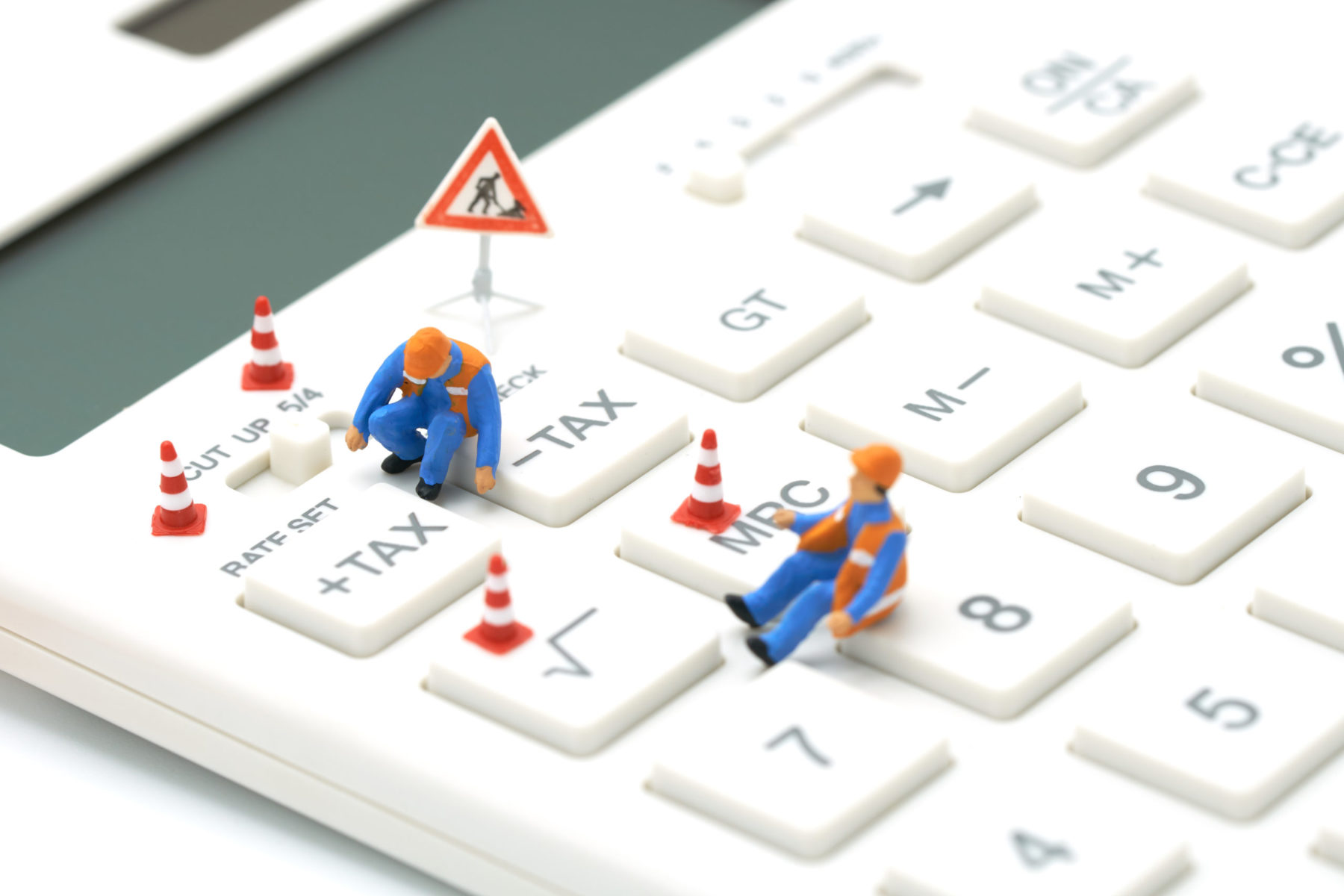Phew – the end of the tax year has been and gone! You’ve provided us with your financial information and other documents we requested. Included in our deliverables to you are the tax return for yourself, your business, and/or your company.
Income
Your income comes from multiple sources:
- Employer – salaries, wages, schedular income
- Banks and portfolio investments – interest, dividends, Kiwisaver
- Business – rental properties, sole trader net profit, shareholder salary
- Government – pensions, ACC, subsidies
- Overseas – pensions, interest, dividends
We can see most of this information in your tax account with Inland Revenue (myIR), but we will require your input if the data isn’t held by Inland Revenue.
Deductions
We can claim certain expenses to offset income. Examples are:
- Accounting fees to prepare your tax return
- Income protection insurance (not health or life insurance)
- Management fees paid to investment portfolio managers
Although not technically an expense, we can also deduct tax losses built up in previous years.
Taxable income
After adding all taxable income and making all available deductions, we arrive at your Taxable Income.
Tax on taxable income
Once we know your taxable income, we use tax rates prescribed by Inland Revenue to calculate your tax charge for the entire year.
Tax credits
Next, we claim as many tax credits as possible to reduce your tax on taxable income.
Refundable tax credits
Many income types are taxed and paid to Inland Revenue on your behalf. Examples are PAYE from wages, RWT from interest and dividends. Because these taxes have been deducted before the money goes into your bank account, you’ve already paid tax and don’t need to pay it again.
Non-refundable tax credits
Certain credits can only be claimed up to the point where it reduces your residual income tax to nil. The main examples of these are Independent Earners’ Tax Credit (IETC), certain foreign tax credits from overseas investments, donation credits, and dividend imputation credits.
Residual income tax (RIT)
Tax on taxable income less tax credits brings you to RIT – it’s the tax you end up owing to Inland Revenue for the year.
Provisional tax
If your RIT is higher than $5,000, Inland Revenue requires you to prepay tax for the following tax year – this is called provisional tax.
What you’ve been doing (hopefully), is paying the amounts determined by Inland Revenue in the year before. Provisional tax can be a real mind-bender, so watch this space for a separate article to explain that further.
In any case, the tax you owe to Inland Revenue (your RIT) is reduced by the tax you’ve already paid.
Terminal tax
After taking into account any tax already paid, the remaining balance is due on 7 April*. This is called terminal tax but may appear on your tax return as “Residual tax to pay”. To avoid confusion, accountants and Inland Revenue usually use the term “Terminal Tax.”
If it turns out you’ve paid too much tax during the year, you will receive a refund.
* 7 February if you don’t have an extension of time
Examples
Click on the link below to see examples of tax returns you may see in real life.



